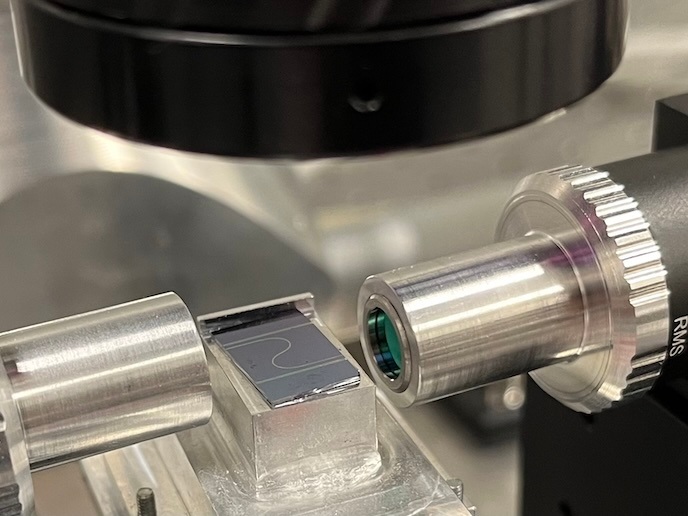The search for super-fast communications
Fast, reliable data communication has become a pillar of technological advancement and information exchange. As more complex data - such as audiovisual, educational or corporate - are being shared, accurate and rapid transmission of large amounts of information is vital. Both radio waves and copper wires have played an important part in the data transfer, from the days of AM radio and telegraphs to the digital and fibre-optic formats of today. While advances have been made as transmission became digital and could carry more information, there is room for much newer technology. One of the most up-to-date communications technologies is known as synchronous quadrature phase shift keying (QPSK) transmission. It is much faster than current technology, both wired and wireless. When QPSK is combined with a multiplexing approach (transmitting different streams of information through one medium), the results could mean spectacularly fast communication. One EU-funded project, entitled 'Components for synchronous optical quadrature phase shift keying transmission', has taken fibre-optics using QPSK and multiplexing to new heights. The project succeeded in virtually perfecting the technology and has spurred commercial ventures that will see it enter into operation. The transmitted signals generated by the project were faster than anything else available on the market, cost less than existing technologies, and offered very high quality in many ways. The new standard put forward by the consortium of researchers is ideal for metropolitan areas and long-haul fibre-optic communications. In addition to crisper sound, increased data and better video, the internet is expected to benefit from this technology in years to come.







